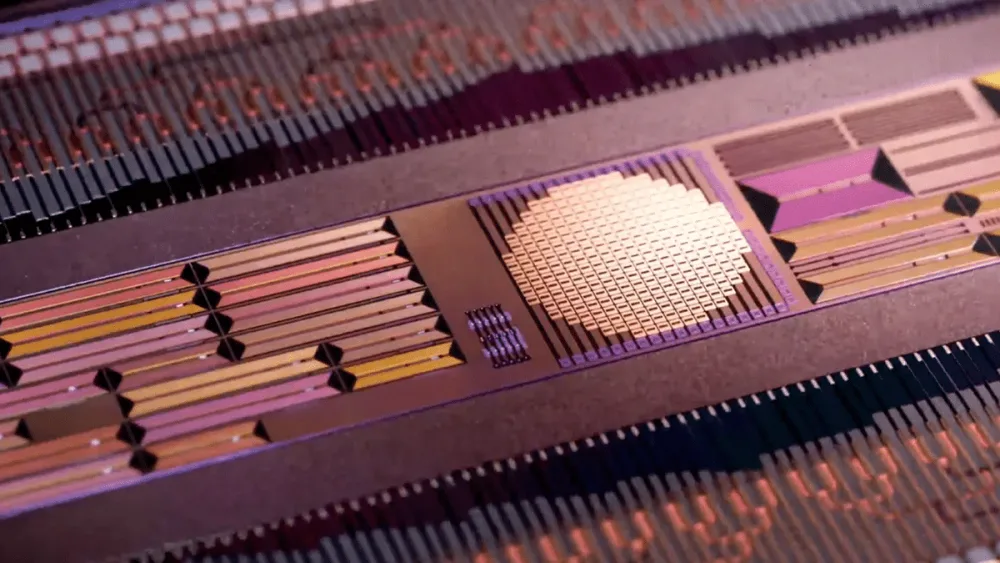Google X has unveiled the Taara chip, a tiny device about the size of a fingernail that transmits data using precisely focused light beams rather than traditional cables.
During trials, researchers successfully reached speeds of 10 Gbps over a distance of 1 kilometer outdoors with two Taara chips. Mahesh Krishnaswamy, the general manager of Taara, noted that this achievement could mark the first time silicon photonics has attained such high capacity over that distance.
Fiber-Like Speeds Without Cables
Taara aims to provide fiber-optic-level internet speeds in locations where traditional cable installations are impractical or too expensive, such as remote areas, mountainous regions, or heavily forested areas. While fiber cables require extensive underground installation, Taara simplifies the process by transmitting data as optical signals through the air.
Similar to fiber optics, Taara uses light pulses to transmit information. However, it doesn’t need to contend with radio frequency interference, which can create bottlenecks for 5G and other high-bandwidth signals. Additionally, installation is much quicker, often taking just hours instead of weeks or months.

Breaking Fiber’s Boundaries
The Taara chip is a smaller version of Taara Lightbridge, a previous innovation from Google X technology about the size of a traffic light. Lightbridge utilizes two points of light with mirrors, sensors, optics, and software to create a stable connection that can achieve speeds of up to 20 Gbps over distances of up to 12.4 miles (20 km). The Taara Chip reduces the size of these components, opening the door for a broader range of potential uses.
Release Timeline
Krishnaswamy has announced that the Taara chip is set to launch in 2026 as part of an upcoming X product that has not been fully revealed. Meanwhile, Google X is inviting researchers to explore use cases—from connecting isolated communities to constructing faster, more efficient data centers, and even enabling new kinds of secure communication for self-driving cars.
For more daily updates, please visit our News Section.

